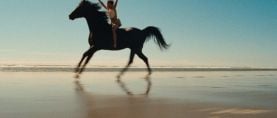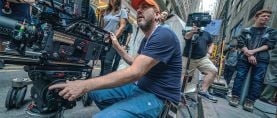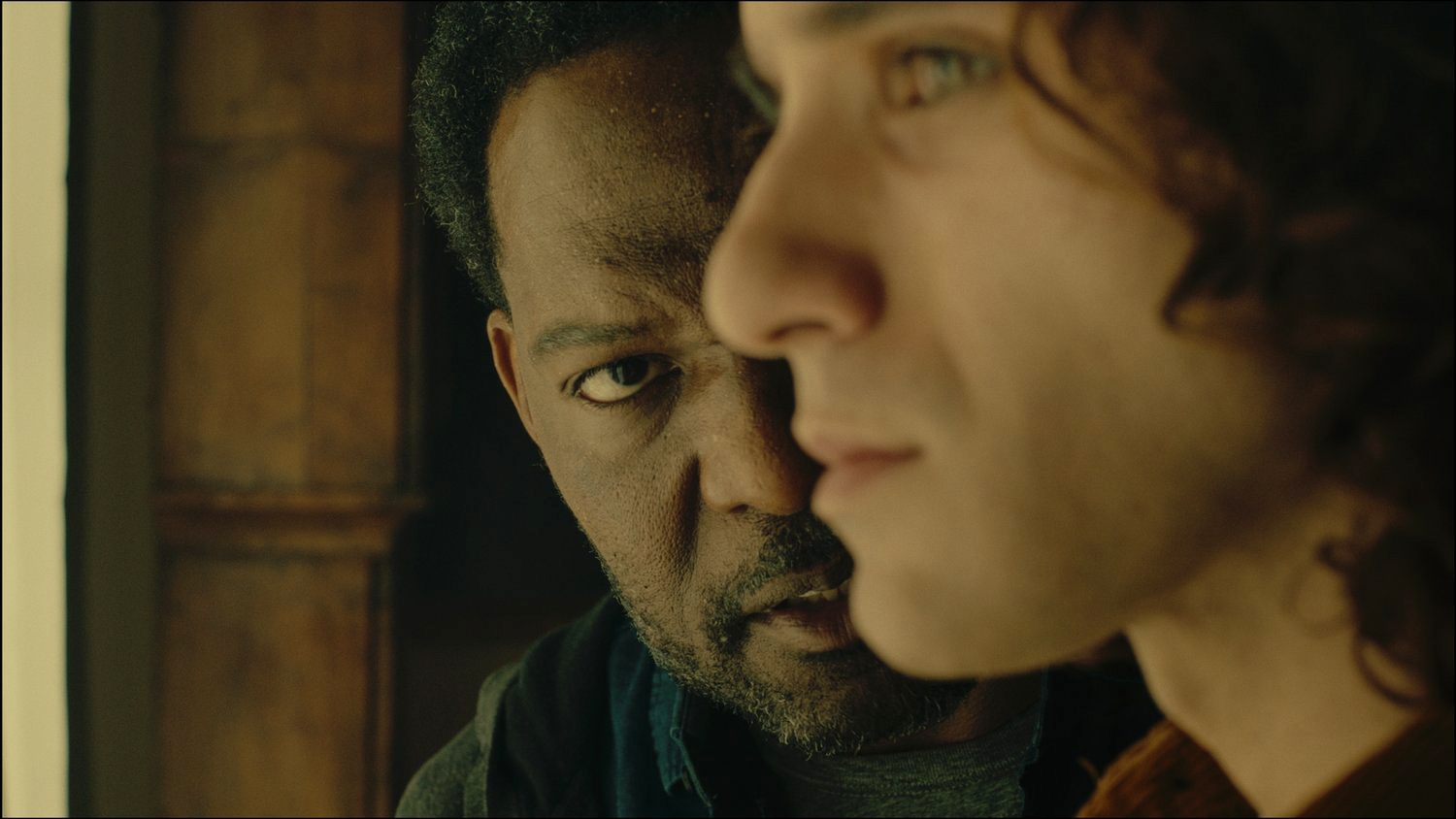
Drawn into Darkness: Discomfort Meets Tension
ASC Student Heritage Award-winning cinematographer Thomas Bolles discusses his short-form horror project.
“He was one of my closer friend’s roommates, and, over the break, he emailed me,” says Thomas Bolles about film director Ryan McCue, a classmate in the Loyola Marymount University (LMU) film school program. “He had a pitch deck and some general ideas laid out. We corresponded back and forth, and eventually he sent me a script.”
The screenplay was entitled Drawn into Darkness, and Bolles’ cinematography in the film earned him the 2023 George Spiro Dibie ASC Student Heritage Heritage Award in the Undergraduate Category.
Each year, the American Society of Cinematographers names its Student Heritage Awards in honor of departed Society members. An innovative, multi-Emmy-winning cinematographer who was also the president of ICG Local 600 for 20 years, Dibie helped shape the look of contemporary television. He specialized in multi-camera production, introduced a more cinematic look to network television, pioneered the use of video, and always sought to improve his images. He was honored with the ASC Career Achievement in Television Award in 2008.
Here, award-winner Bolles reflects on his collaboration with his director on Drawn into Darkness, his methods of creating discomfort in the audience, work with production design on a nightmare-void sequence, his notes on shooting day-for-night, and the importance of committing to a specific look in the color grade.
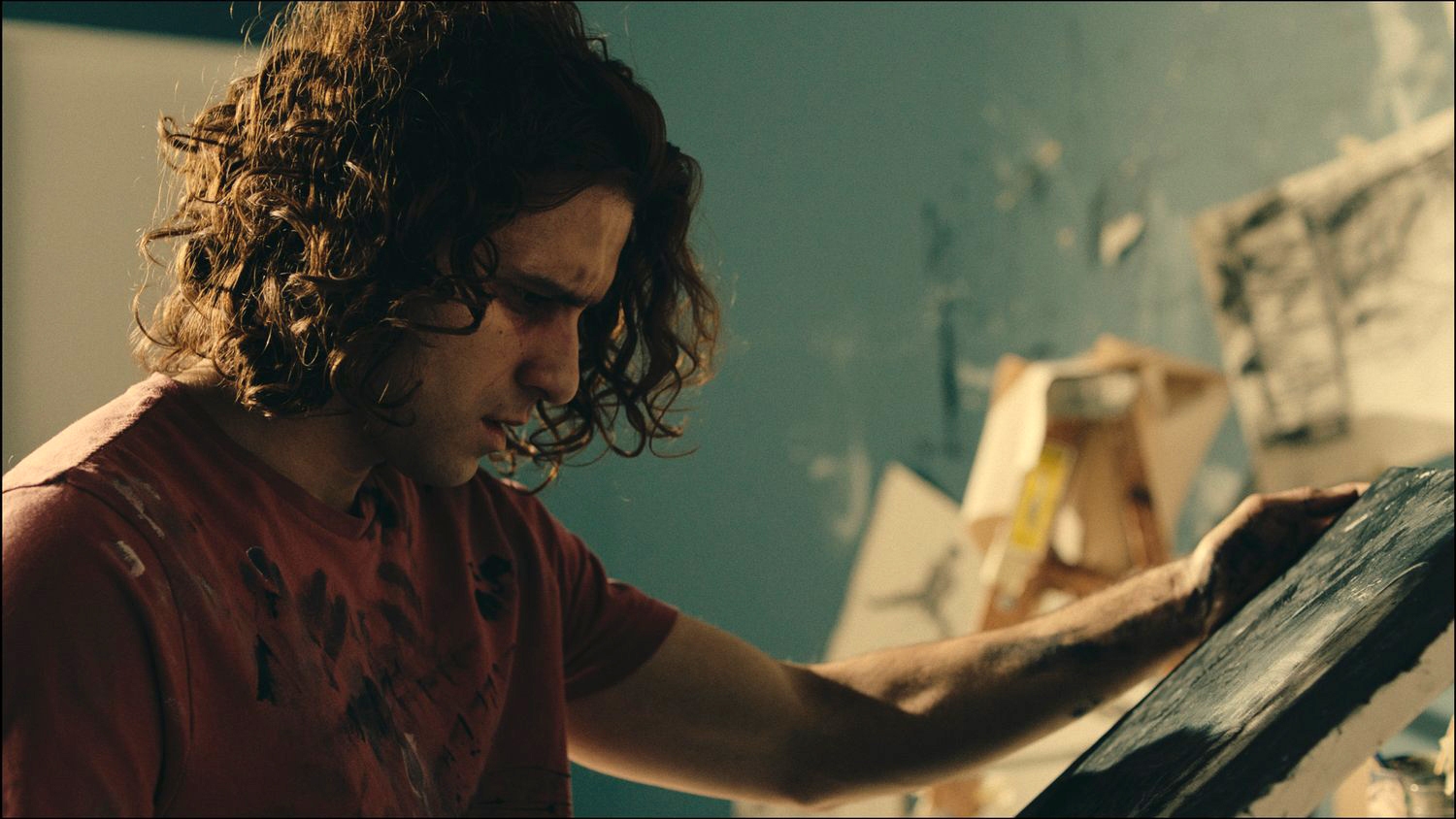
The short horror film, telling the story of a young artist attempting to portray the inner demons of an older man, is the first collaboration between the cinematographer and director. “Ryan is a very visual director,” Bolles says. “He had some specific ideas and general shots, but was open to collaboration.” In the weeks leading up to the production, the two worked to create a cohesive visual language for the tale.
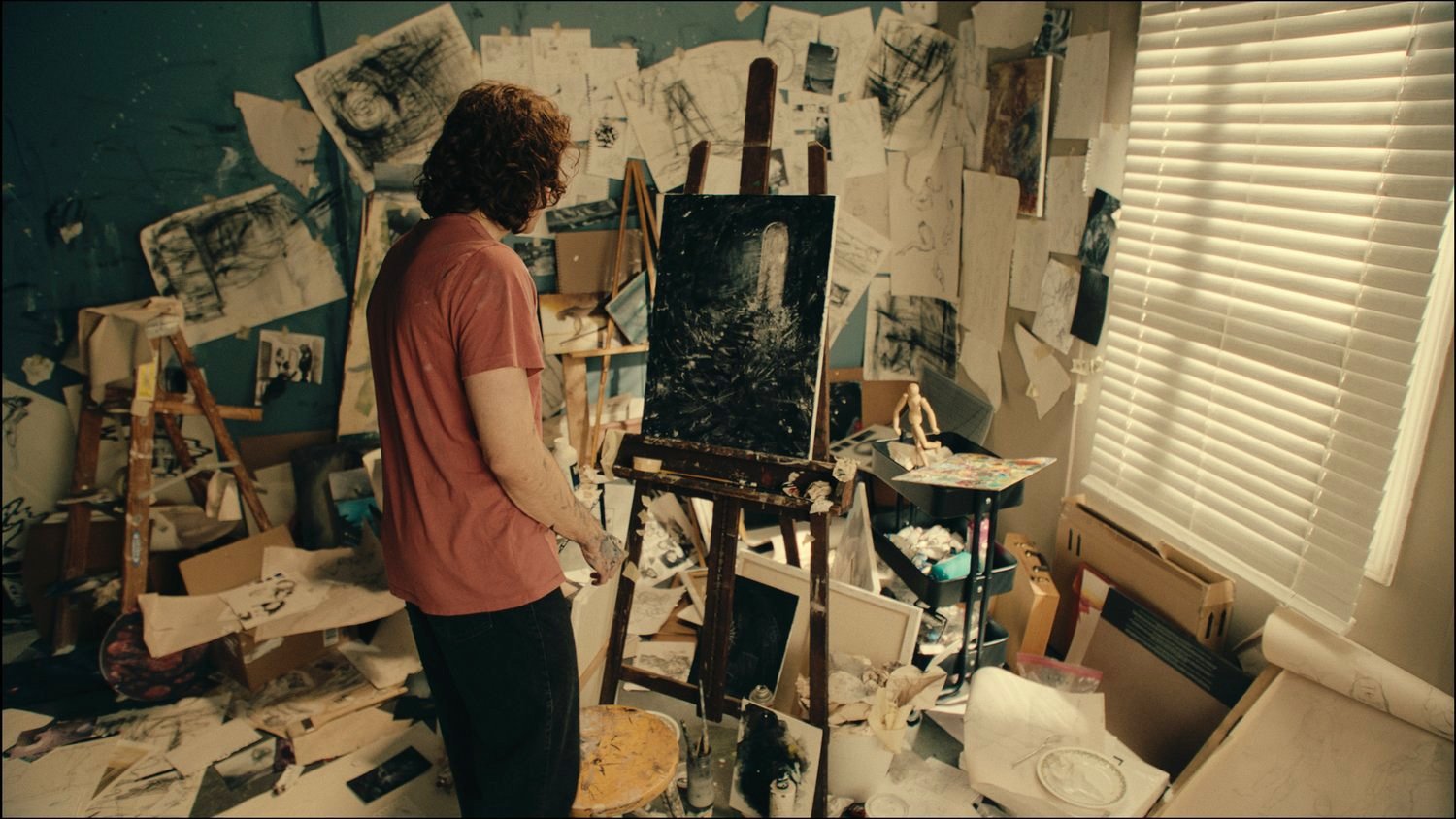
As a horror film, the primary focus for McCue and Bolles was to install discomfort and tension in the audience. One of the ways they sought to achieve this was through camera placement. “Something Ryan wanted to play around with is how we compose faces in the frame to establish a sense of unease and tension,” says Bolles. “We decided for a lot of the scenes that we would try to have the characters ‘closed to camera.’ We positioned ourselves behind the characters, so there's a tension from the audience wanting to see their face, but we were not quite giving that to them.”
A similar “tension of the unseen” inspired the continuous opening shot. “In this scene, we're establishing a recorder playing tapes that the protagonist recorded of his interview with the man, and he's painting based on those tapes,” Bolles describes. Originally, McCue and Bolles shotlisted thorough coverage of the scene. Shortly before production, however, the cinematographer found new inspiration. “I saw a video of [director] Jordan Peele talking about the editing in one of his films’ sequences. He was talking about pacing, and how the inherent nature of a cut is to help the audience, forwarding the narrative, whereas, leaving something live action, or real time, the audience starts to lean in and engage more. There’s this tension of, ‘What’s happening next?’”
Bolles proposed doing the opening shot as a oner to create some tension around the voice on the recorder, the centerpiece of the scene, before revealing it. Ryan was excited to realize the idea.
Bolles credits a lot of the film’s look to his collaboration with production designers Yua Watanabe and Liliana Chomsky, specifically for their work on the “void scene,” a nightmarish, surreal sequence decorated with visual effects. When planning the sequence, Bolles reflects, “I had seen plenty of water/reflective surface voids, but I thought a more textured look would work well, so I suggested dirt.” With McCue on board, production design quickly filled the soundstage with soil. “I think it ended up working for the scene. There's something transformative about dirt. Life comes from it and death is buried in it. The production design team did a great job at making that idea come to life in almost no time.”

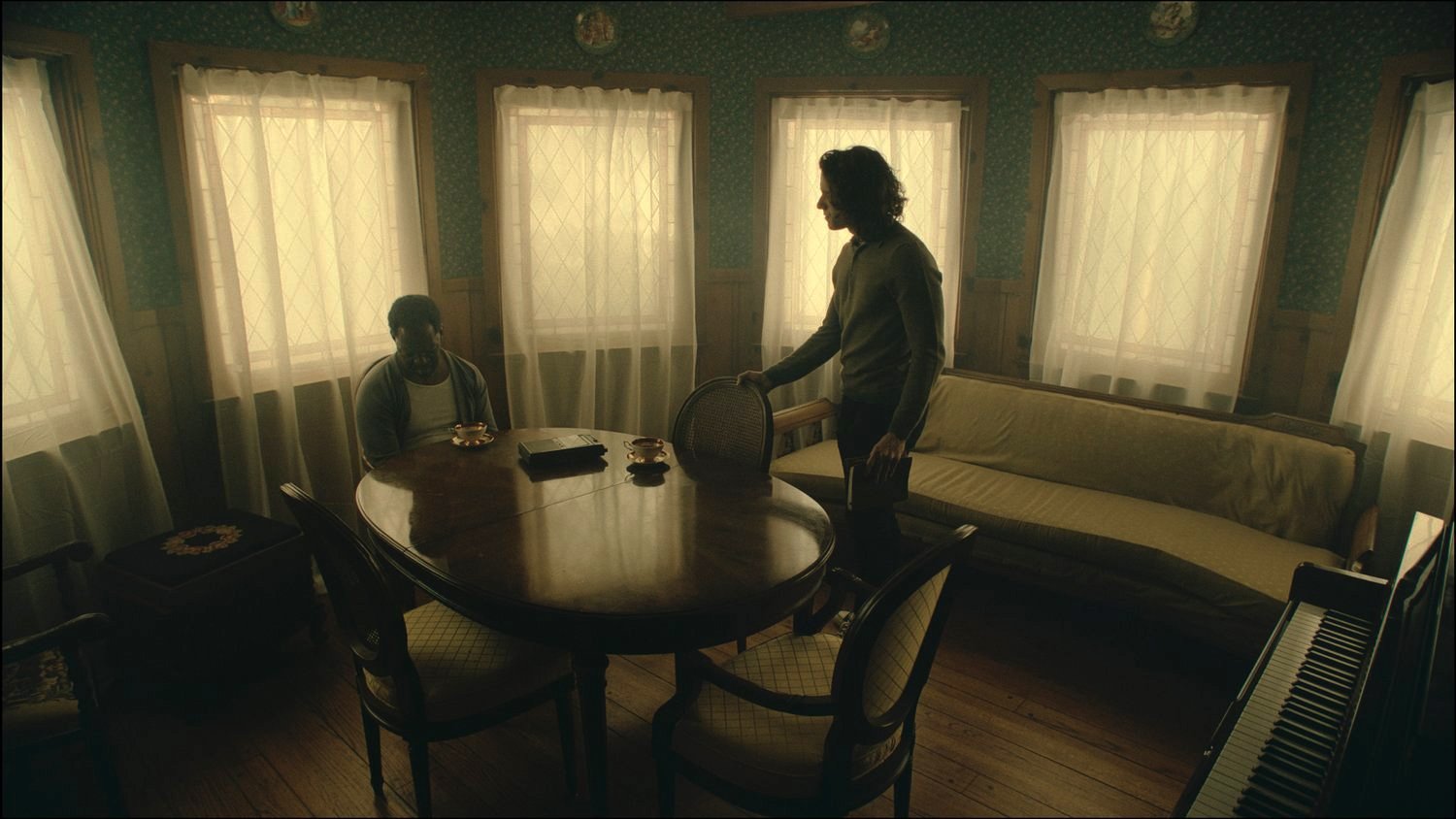
Bolles says the biggest challenge in the project was an exterior day-to-night transition. “That was the thing that I was the most unsure about,” he says “There was just no way with the schedule that we were going to be able to film at night, so we had to do day-for-night.” Luckily, Bolles had used this technique before, and, when coloring the footage, learned some valuable lessons. “It’s pretty easy to get a clean mask selection of the sky, except for edges such as hair. So, the main thing that I tried to do while we were shooting was frame out the sky in the character coverage. Otherwise, it was just shooting normally, under exposing the shot, making it cool and then grading the sky down.” He adds, “Another big thing is positioning the characters in the shade.” Bolles’s lighting setup was minimal, including 8x8 bounces and some smaller diffusion.
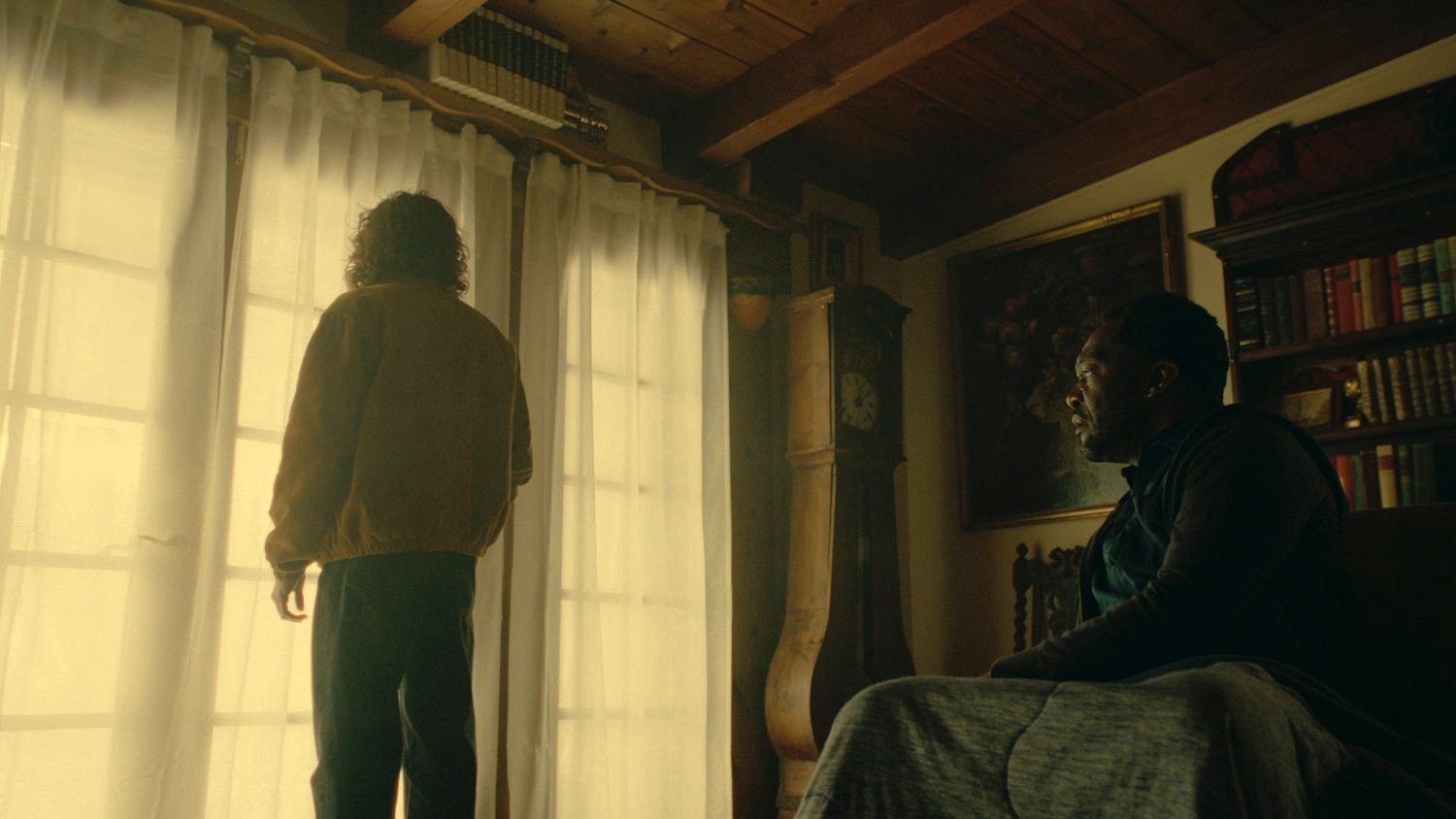
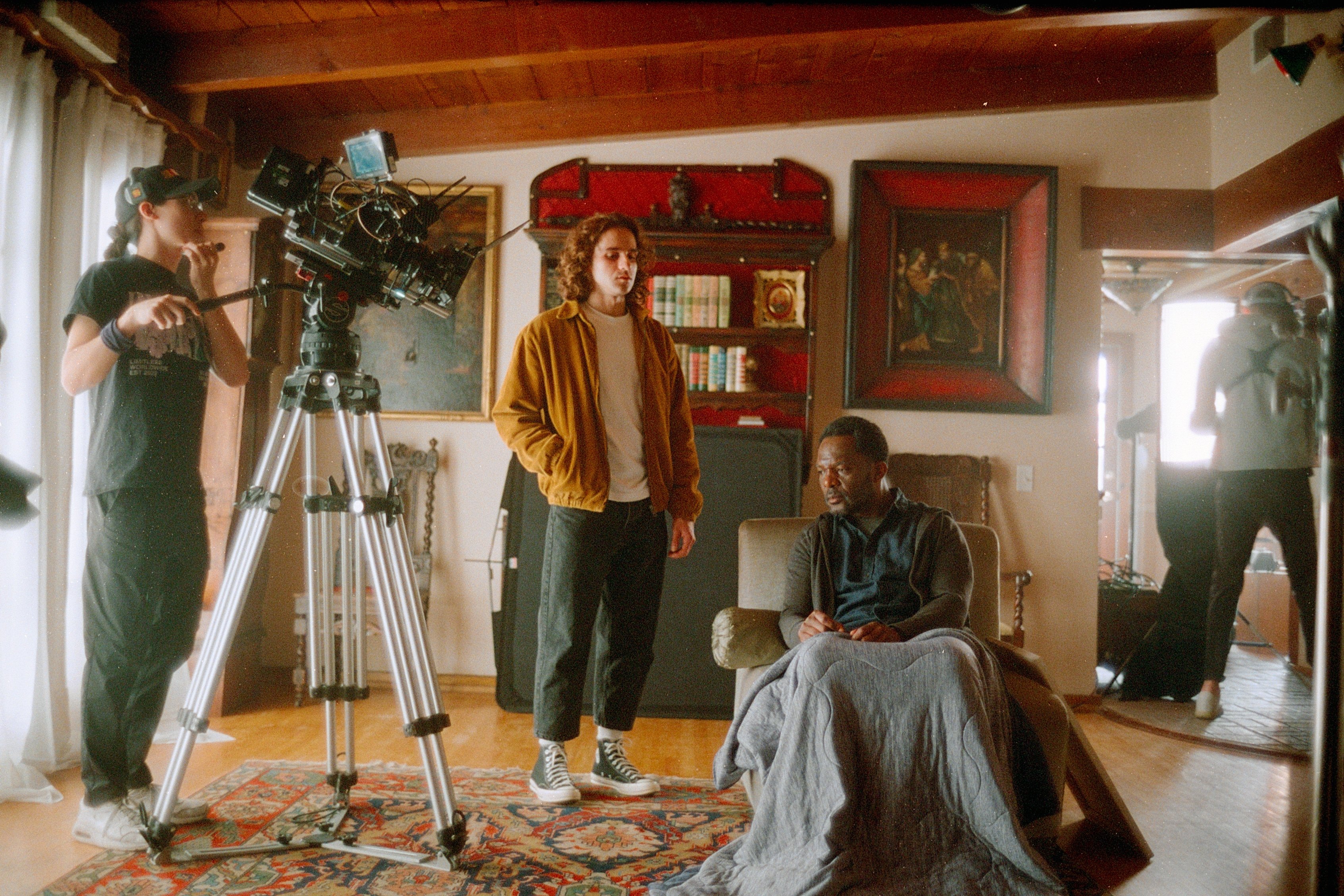
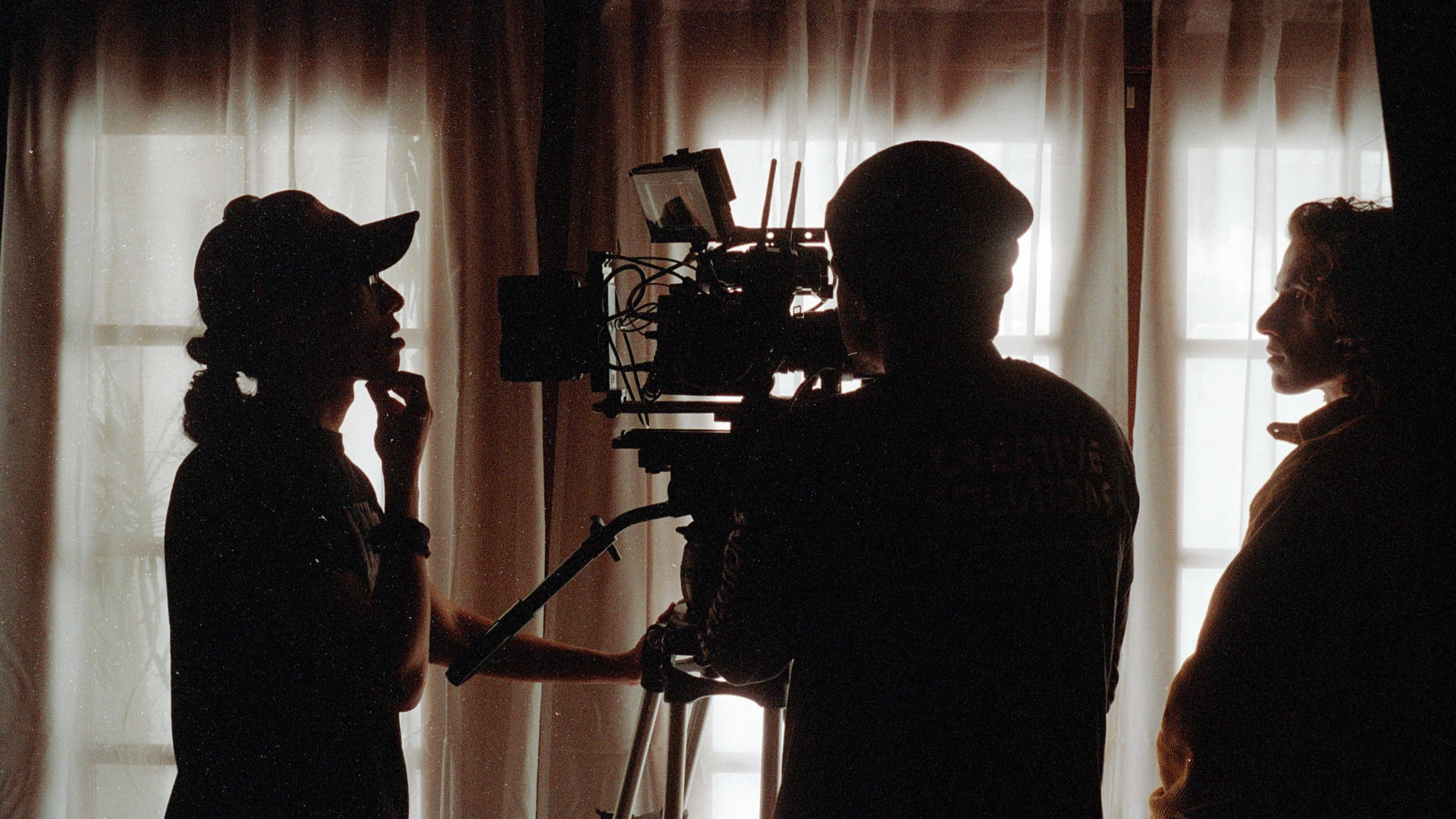
When color grading came around, Bolles worked closely with his coloring professor Matthew Tomlinson, a color scientist at Harbor Picture Company, to heighten the unease of the film. Together, they analyzed one of Bolles’ primary references: A Most Violent Year (2014), directed by J. C. Chandor, shot by Bradford Young, ASC and finished by Harbor senior colorist Joe Gawler. “The biggest thing was how green shadows were in that film, whereas, the neutral, first pass on our film was a little more bland. It even had hints of magenta,” Bolles describes. “Looking at the two from an emotional standpoint, we both agreed that the green felt more unsettling and uneasy… a sense of dread. That inspired me to push the colors more in that direction.”
Color holds significant importance in Bolles’ approach to cinematography, and he color graded every film he shot at LMU himself. From Drawn into Darkness, learning to push the color grade to the maximum was Bolles’ biggest takeaway: “If you have a specific look in mind, just go 110 percent on it. If you don’t fully commit to a look, it’s not going to feel as unique. If you really think about the story and the tone, condense it down to what you think it really should feel like, and then push that to the maximum, it just communicates to the audience a whole lot more.”
Of his Heritage Award from the ASC, Bolles says he is grateful for the recognition and for the incredible work of the cast and crew. Now graduated from LMU, he will continue working as a freelance cinematographer.
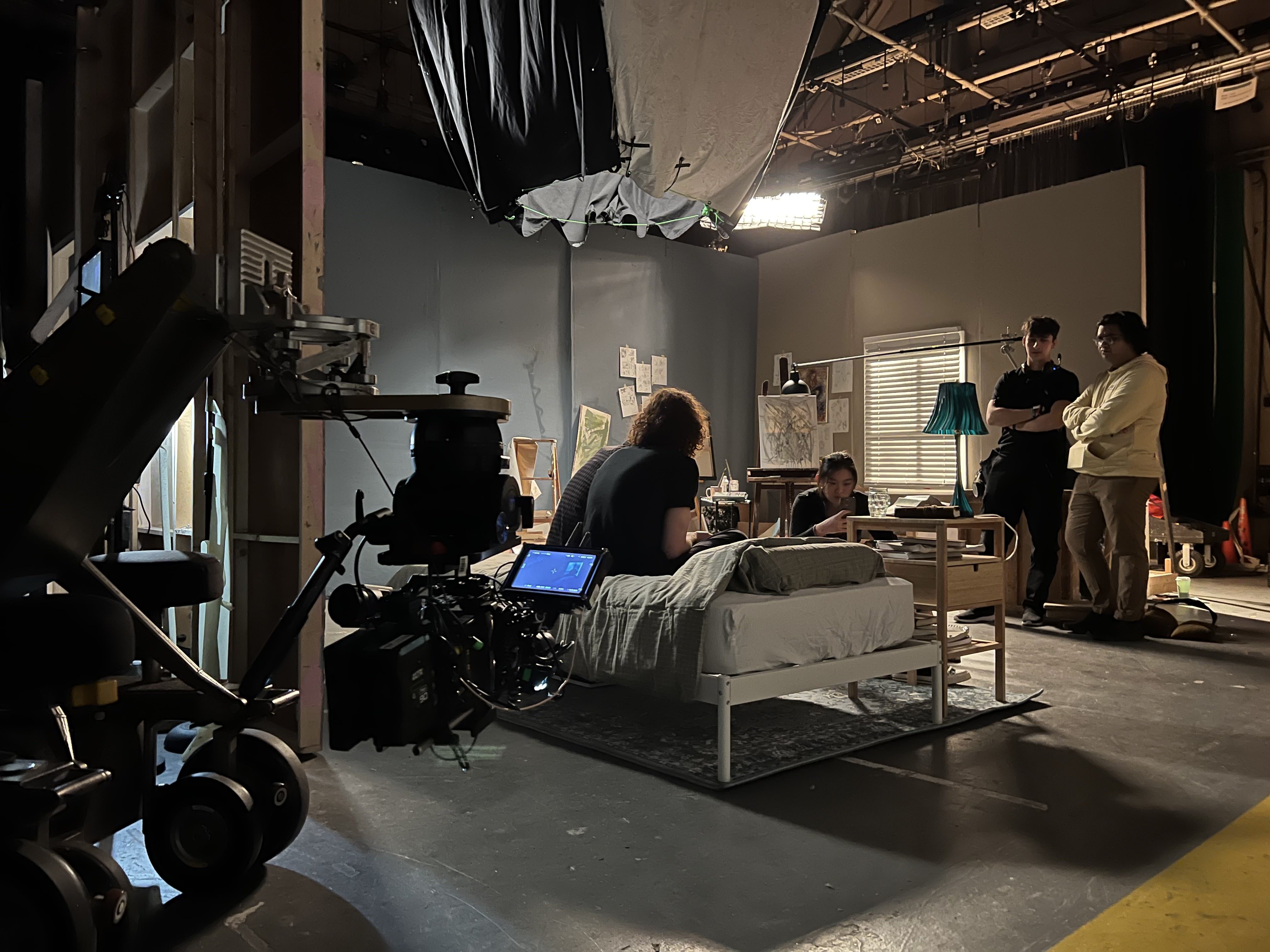
All images courtesy of the cinematographer.
